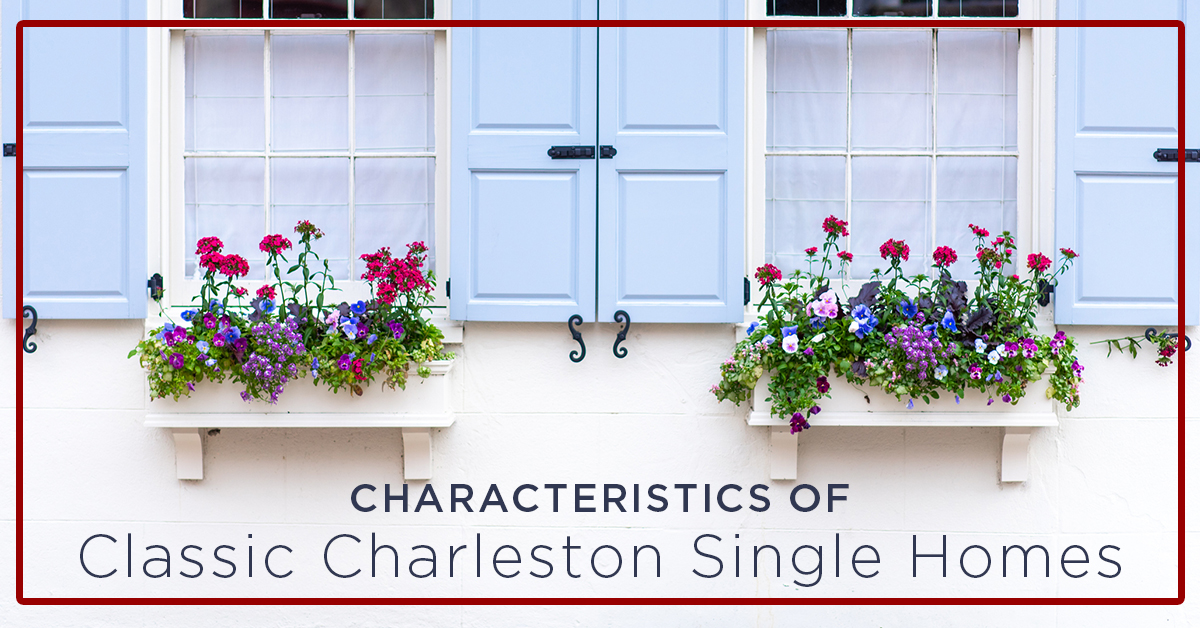
Charleston Single Homes are a hallmark of the Lowcountry. These unique homes are coveted downtown and replicated in newer communities. Why does this classic design appeal to so many buyers? Perhaps because it represents classic Charleston real estate, timeless and tasteful. Here a few charming characteristics of the classic Charleston Single Home.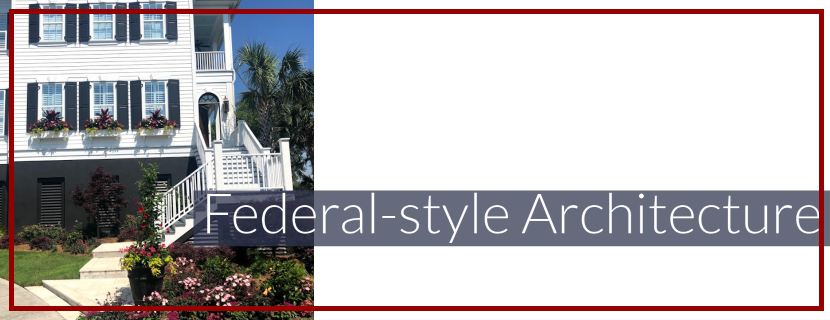
Federal-style Architecture
Charleston single homes are situated on narrow lots and seemingly positioned sideways. Typically, the rectangular homes are two or three stories with an understated flat front aimed at functionality over formality. Derived from the more glorified Georgian architecture that is presented on plantations around the outskirts of Charleston, Federal architecture denotes refined sophistication and European style. Symmetric windows, ornate front doors, arched transom windows above doors, and curved verandas create a classic style that is often replicated in newer neighborhoods across the Lowcountry.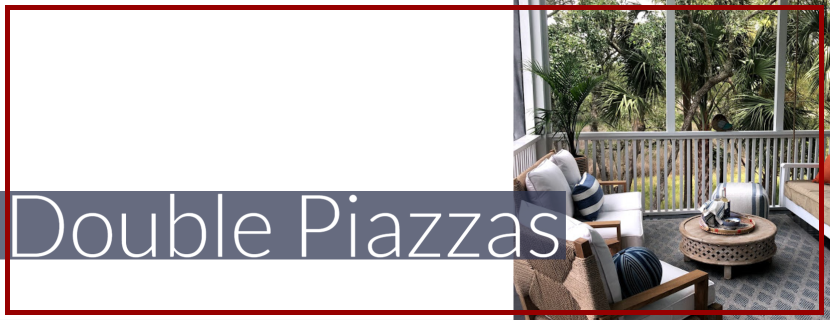
Double Piazzas
Charleston purists prefer the formal diction when describing classic downtown homes; hence, the double sideways open spaces are piazzas, not porches. Porches are term piazza for the double sideways open spaces. As one local eloquently explained, “all piazzas are porches, but not all porches are piazzas.” The double piazzas extend the length of the estate, gifting owners with the perfect place to enjoy sweet tea with neighbors and guests..png)
Hospitality Doors
The piazza is so special, it has its own door. Known as a hospitality door, the primary purpose for its original construct served as either a “welcome y’all” or a “do not disturb” notice. A closed door is a polite sign the family does not wish to receive visitors, while an open door is a welcome invitation to visit. The actual door to the main house is further down the piazza.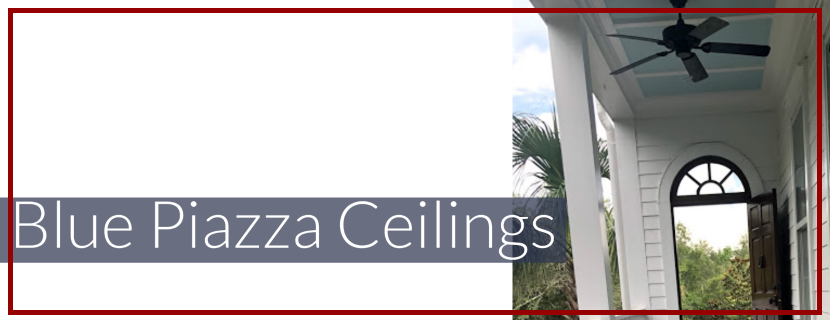
Blue Piazza Ceilings
Exterior paint colors in Charleston are as varied as Rainbow Row, yet most all Charleston single homes showcase a light blue porch ceiling to “keep the haints away.” This Charleston tradition stems from the Gullah Geechee culture. The blue ceiling resembles water and wards off spirits who have yet to cross the water away from the physical world. Gullah folklore also notes that blue porch ceilings bring good luck. Using milk, lime, indigo dye --- a product farmed in Charleston --- and other pigments, Gullah descendants made the blue-green color specifically for piazza ceilings. Many speculate that the lime found in the color serves as a bug repellent too. Today, many paint manufacturers have their own variation of this storied color. At Sherwin Williams, it is affectionately labeled “Haint Blue.”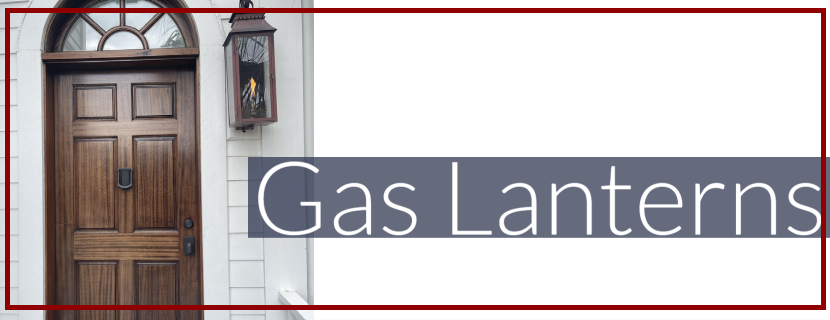
Gas Lanterns
Across downtown Charleston, gas lanterns grace the entrance of hospitality doors, hang from porch ceilings, and sit atop wrought iron gates. The traditional copper or brass lights adorn entrances, radiate a soft glow, and exude an elegant ambiance. Thoughtfully positioned, gas lanterns vary in size, shape, and style, yet they each artfully illuminate the historic homes for which they adorn. The first gas lantern dates back to the home of William Murdoch in London, England, circa 1972. By the early 1800s, gas lanterns were noticed in Baltimore and quickly became popular in coastal cities like Charleston. Today, gas lanterns remain a prominent feature in luxury homes, both modern and traditional..png)
Joggling Boards
Once guests pass the hospitality door, they will often see a long, bouncy bench by the front door. Known as a joggling board, this piece of furniture made its debut in 1804 in South Carolina. According to legend, a family in Scotland sent one to the sister, who suffered from a chronic disease and missed riding in horse drawn carriages. The bounce resembles the slight shakiness of a cobblestone carriage ride. Years later, the benches became a lowcountry symbol for friendship. If a Charlestonian invites you to sit on his or her joggle board, then it is an invitation to start a friendship. Additional stories from the era of the American Revolution claim that a joggle board on the front porch ensures one’s daughter will get married. Yes, this rocking bench doubles as a date seat for those going steady and seeking privacy in courtship.
Window Boxes
Giving pizazz and color to the front of the homes, many Charleston single houses boast wide, custom window boxes. These boxes overflow with southern flora and fauna such as hydrangeas, English ivy, geraniums, white snaps, ornamental cabbage, primrose, dracaena, calla lilies, petunias, daisies, snapdragons, English boxwoods, and foxtail ferns to name a few. Combined, these “fillers, spillers, and thrillers,” cultivate an aesthetic masterpiece fitting for high cotton Charleston homes.
From an interior perspective, Charleston Single homes commonly contain wide-planked hardwood floors, 10-inch baseboards, 12-foot ceilings, window and door casing, solid wood doors, custom closets, black iron or bronze door knobs, formal dining rooms, and separate spaces for the living room and kitchen. Often, the stairwell sits in the center of the house giving the home a balance of distinguished proper and comfortable casual. Charleston area real estate embodies a variety of home styles; however the classic Charleston Single home remains one of the most historically iconic designs.
